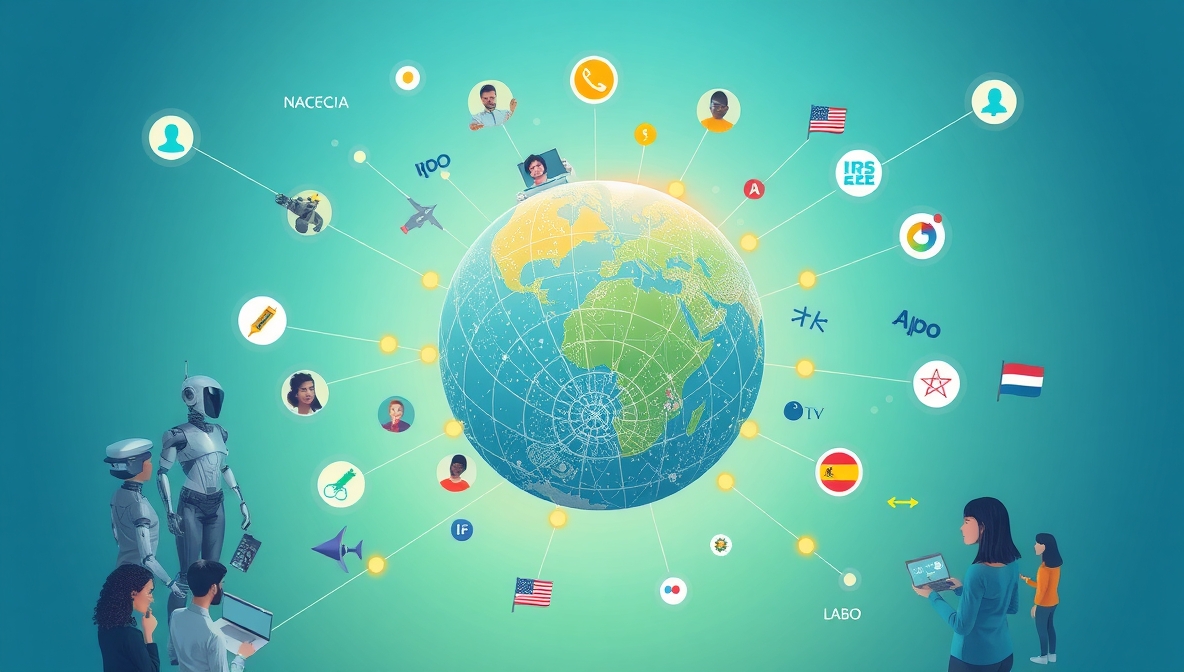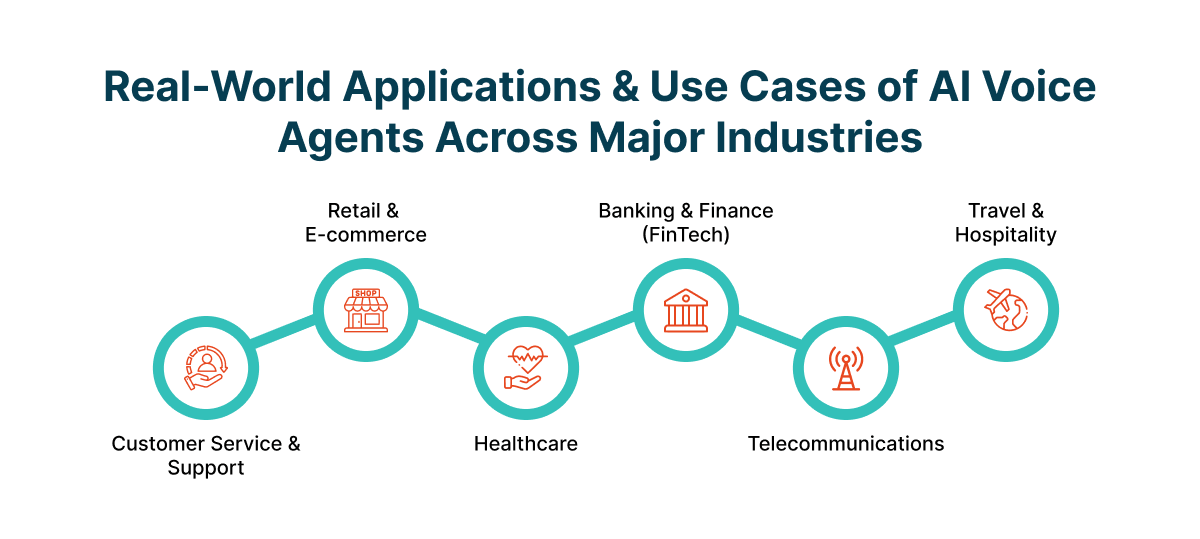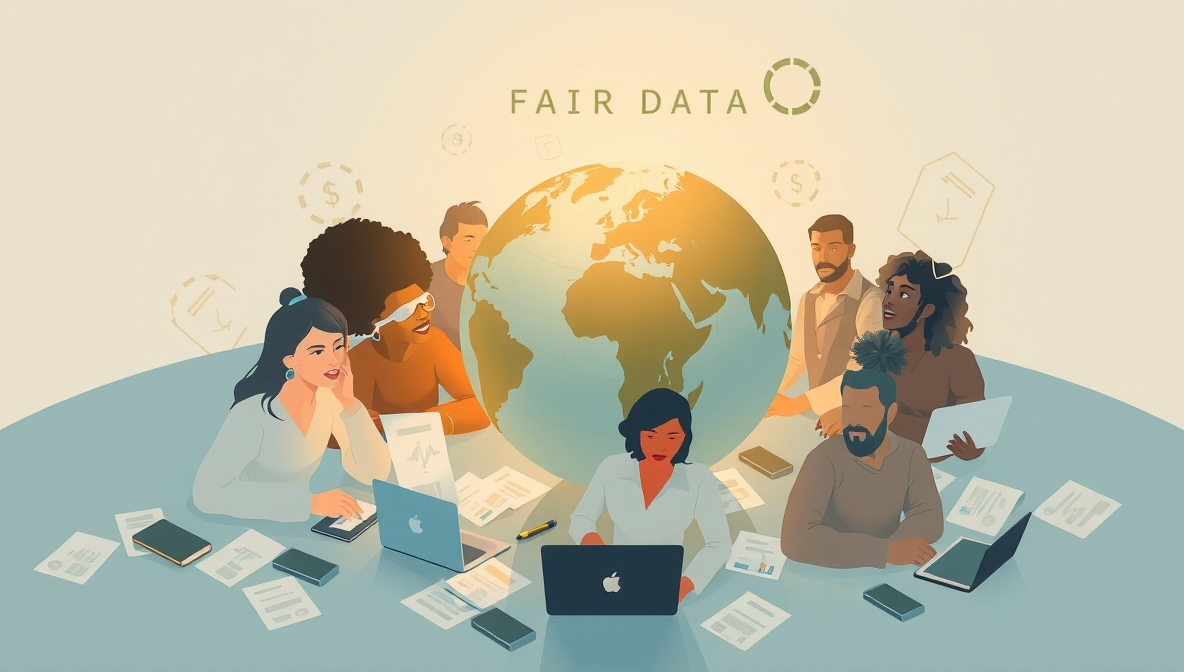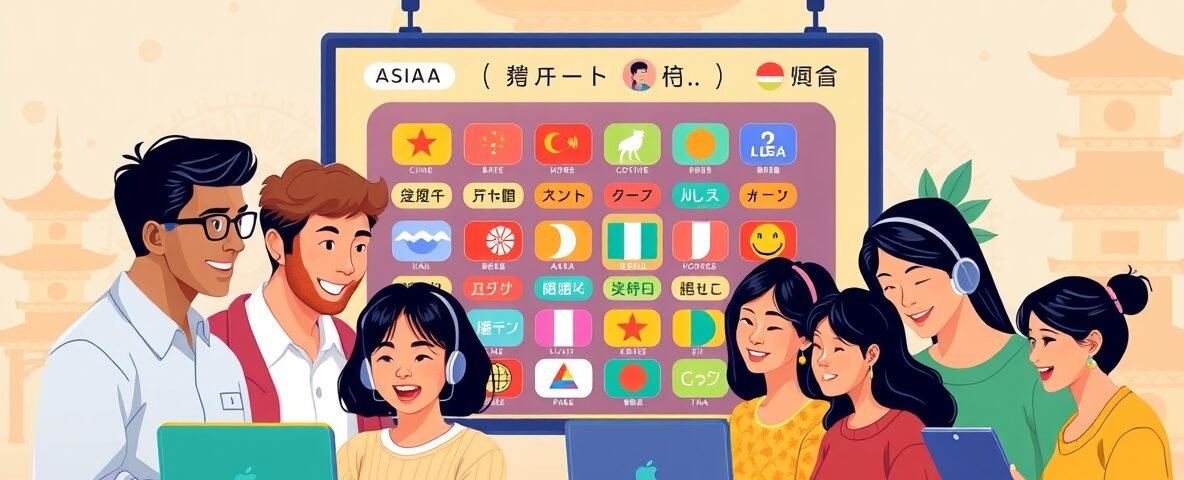
Singapore B2B Lead Generation: How to Break Away from One‑Size‑Fits‑All Strategies
August 5, 2025
Why Singapore’s Financial Sector is Quietly Betting Big on AI Content Generation
August 5, 2025Asia is a breathtaking patchwork: over 1,300 languages in Southeast Asia alone, thousands more across South Asia. But for millions who speak regional or low‑resource tongues, the digital world is still a barrier. Modern AI models are built largely on English and dominant languages, leaving entire populations marginalized. Yet today a transformative shift is underway: AI Development Services and AI Marketing are powering content generation solutions designed specifically for linguistic diversity. This inaugural section sets the stage: how agile AI providers are weaving local dialects into global communication fabric, bridging the chasm between culture and code.

The Silent Crisis – Language Data Scarcity and Cultural Injustice
Most AI systems carry implicit cultural bias—they reflect languages for which massive corpora exist. That’s typically English, Mandarin, Hindi, and Bahasa—but thousands of Asian languages remain unrepresented. This techno‑linguistic bias isn’t just technical—it erases stories, wisdom, nuance. Without proper data, entire communities are excluded. Ethical models demand collaboration: communities, linguists, and technologists must co‑create datasets. Grassroots efforts like Tamil Nadu’s Vidhai project are capturing original texts and structuring them for AI training, not translation hacks—authentic input, authentic voice.

Crafting Inclusive AI – Local LLMs for Local Voices
The answer lies in purpose‑built AI: AI Development Services offering vernacular large language models fine‑tuned for regional nuances. India’s Sarvam AI is building Indic small‑language models in Hindi, Tamil, Telugu—and voice bots that understand code‑switching, idioms and context deeply rooted in local culture. In Southeast Asia, initiatives like SEA‑LION LLM and SEACrowd benchmark nearly 1,000 languages, multimodal and inclusive. These local models outperform generic giants because they’re trained for local flavor—not just translation but interpretation aligned with cultural identity.

From Development to Deployment – Scalable AI Development Services
Building a multilingual AI is one thing. Deploying it at scale is another. Leading AI Development Services firms are partnering with cloud platforms and government entities to ensure linguistic inclusivity across industries. These services deliver APIs for chatbots, customer‑service agents, and marketing content generators that switch languages on the fly. Businesses are adopting CEO‑level strategies to align AI with core objectives, investing in partnerships, measurable KPIs, and impact tracking across diverse markets.

AI Marketing Reinvented – Personalization Across Languages
Enter AI Marketing, the secret weapon. Brands across Asia—from Singapore to Indonesia to India—use generative AI to personalize content in local languages, quickly and effectively. Campaigns are no longer confined to English; marketing collateral, social ads, newsletters, and websites now speak native tongues without costly manual translation. AI Marketing platforms automate messaging, regional idioms, tone, and cultural cues—delivering relevance at scale. Real‑time analytics guide hyper‑targeted advertising in Bahasa, Tamil, Vietnamese—all on brand, all contextual.

Real-World Impact – Case Studies in Voice, Service & Reach
On the ground, multilingual AI agents are transforming customer support and civic access. Telecom, e‑commerce and government services across India, Indonesia, Vietnam and beyond now deploy voice‑enabled assistants fluent in local dialects. These systems achieve high accuracy because they combine AI Development Services with deep native voice data and cultural nuance training. In Tamil Nadu, voice‑based forms and farmer advisories leverage Vidhai datasets; results: better access, preserved cultural trust. Meanwhile, AI marketing campaigns powered by these engines are reaching users in their preferred tongue—lifting trust and conversion simultaneously.

The Ethical Imperative – Fair Data, Human Oversight, Cultural Fidelity
High‑velocity AI is powerful—but must be anchored. Ethical data sourcing is non‑negotiable: projects like Karya pay rural speakers to record voice samples in native languages, ensuring fair compensation and better data quality. Culturally aware architecture—like multi‑agent AI frameworks—guards against erasure by preserving idioms, tone, and context beyond literal translation. Human oversight ensures local experts validate content. Companies offering AI Marketing must ensure their automated tools respect diversity, not flatten it—marrying scale with sensitivity.
Conclusion – Toward a Multilingual Digital Asia
Asia’s diversity is not a hurdle; it’s the wellspring of innovation. Through integrated AI Development Services and AI Marketing, brands and governments can deliver hyper‑personalized, multilingual content—honoring every language and dialect. In a region where cloud and AI investment is climbing into the hundreds of billions, local models, ethical datasets, human oversight—and machine scale—are the ingredients for inclusive growth. This isn’t just tech progress. It’s cultural justice: the promise of preserving endangered tongues, empowering vernacular communities, and weaving Asia’s linguistic richness into its digital future.


